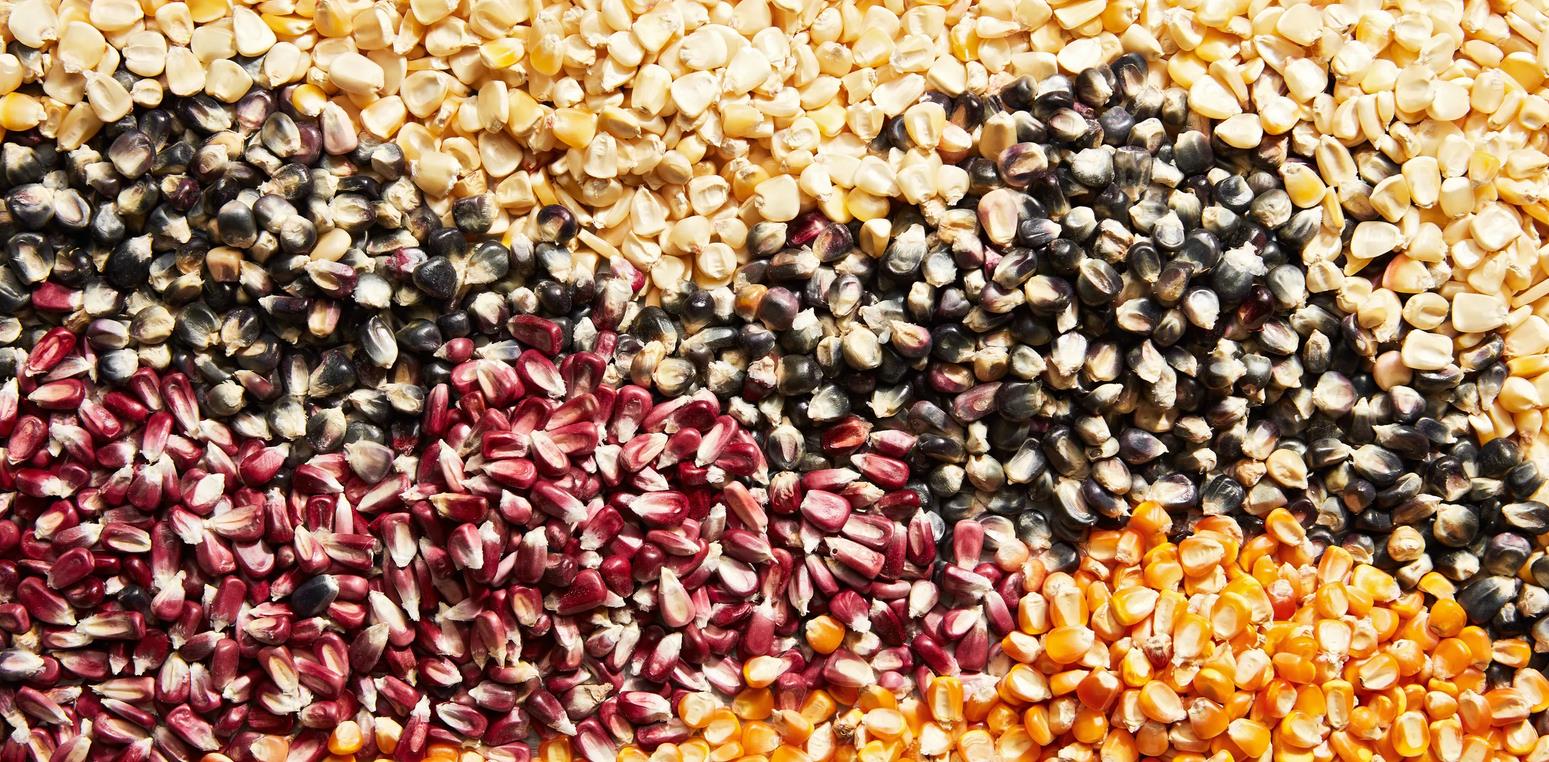We all cook foods that call for various ingredients. The product we are looking for is often unavailable or may not be in the house. We may have considered using substitute products for our food for various reasons. For example, when we make something that requires an egg and a person cannot consume an egg due to an allergy, we can use some flour mixed with water to coat it. It gives the perfect amount of crispiness while frying the essential food item.
Masa harina is ground corn mixed with an alkali, a neutralized base. In contrast, cornflour relates to being just ground corn powder. You can see in this way that corn flour is suitable for coating bread and frying but not for making tortillas. Therefore, Masa Harina is famous for producing Latin American dishes such as cornbread, tortillas, nacho bases, and gorditas. Corn flour cannot be used to make these things, but it is widely used to coat food items or in soups to make them consistent.

What Type Of Corn Is Used For Masa?
The type of corn used for Masa, the doMasaused in Masaake tortillas and tamales, is a unique variety of dent corn called nixtamalized corn or dent corn. This type of corn is treated with an alkaline solution, typically made from limestone, to remove the rigid outer hull and improve the nutritional value and flavor of the corn. The nixtamalization process makes the corn easier to grind into a fine, smooth masa for making traditional Mexican dishes.
The corn used for Masa is dent Masan, also known as field corn. There are two types of dent corn: white dent corn and yellow dent corn.
Dent corn has to undergo the nixtamalization process, in which it is soaked and cooked in an alkaline solution, mostly lime. Then, the corn is ground to become Masa.
Apart from Masa, the yellow and white dent corn, which are more accessible, also comes in blue. The blue dent corn is called Azul.
Steps to prepare Nixtamalize corn
Here are the steps to prepare nixtamalized corn:
- Soak the corn: First, wash the dried corn kernels thoroughly, then soak them in a large pot of warm water mixed with the alkaline solution (usually made from slaked lime or wood ash) for several hours or overnight.
- Cook the corn: After soaking, drain the corn and rinse it thoroughly. Transfer it to a large pot, cover it with water, and bring it to a boil. Simmer the corn until tender, usually 30-60 minutes.
- Hull the corn: Drain the cooked corn and rinse it thoroughly. Use your fingers or rough cloth to rub off the rigid outer hulls and expose the soft corn kernels.
- Rinse and grind the corn: Rinse the de-hulled corn to remove any remaining bits of hulls or alkaline solution. Grind the corn using a wet grinder or a traditional metate and mano to make a smooth, delicate masa dough.
- Use the Masa: Use the masaesh mMasadough immediately to make tortillas, tamales, or any other traditional Mexican dish. The Masa can be stored in the refrigerator for up to a few days or frozen for extended storage.
Advantages of Nixtamalized Corn
- Improved Nutritional Value: The nixtamalization process makes the corn easier to digest and increases the bioavailability of essential nutrients, such as calcium and niacin, in the corn.
- Better Flavor: The nixtamalization process also improves the flavor of the corn by removing the rigid outer hull and enhancing the corn kernels’ natural sweetness and earthy flavor.
- Easy to Grind: Nixtamalized corn is easier to grind into a fine, smooth dough, making it ideal for creating traditional Mexican dishes such as tortillas and tamales.
- Longer Shelf Life: The nixtamalization process extends the shelf life of the corn, allowing it to be stored for more prolonged periods without spoiling.
Disadvantages of Nixtamalized Corn
- Time-Consuming: The nixtamalization process is time-consuming and labor-intensive, requiring several hours to soak and cook the corn and then hull and grind it into Masa.
- AlkaliMasaolutiMasaThe alkaline solution used in the nixtamalization process can be hazardous and may cause skin irritation or other health problems if not handled properly.
- Cost: The materials and equipment needed to make nixtamalized corn, as well as the time and labor required, can make it more expensive than non-nixtamalized corn.
- Availability: Nixtamalized corn may be challenging in some areas, especially outside traditional Mexican communities, and may require special ordering from a specialty market or online retailer.
How Do You Make Masa Harina From Corn Flour?
Masa Harina is a special ingredient used to make Hispanic dishes. Masa Harina means dough flour and has a whole process of making it:
- Once your dent corn has been processed and grounded, place it on a dehydrator tray.
- Use a dehydrator sheet to prevent the grounded corn from falling out of the tray.
- The corn has to dry for about 6 hours at a temperature as high as 100 degrees.
- Pour the Masa into a Masa processor and blend until you have fine and smooth powder.
- After this process, you can store it in an airtight container for six months.
Doing this helps save time whenever you plan on making your corn tortillas. You do not have to grind corn and then prepare it. The homemade masa harina also has an exquisite flavor compared to those sold in stores.
Is Corn Masa Flour Refined?
Corn masa flour is refined because it is soaked inside lime during making Masa and losMasats ouMasabody, known as the bran. This disqualifies corn masa flour from being classified as a whole grain.
However, corn masa flour is as nutritious as whole grains because it is soaked in lime, which gives it even more nutrients. Corn masa flour has added calcium, which is generated from the lime.
Can I Make Masa Harina From Cornmeal?
No, Masa Harina can not be made from cornmeal because cornmeal is coarse and not as smooth as masa harina. Cornmeal is used to make very different meals from masa harina.
Corn meals are directly grounded in field corn. In contrast, masa harina is dried dent field corn soaked in alkaline water, with its outer skin before the ground. Cornmeal does not have the nutrients or texture masa has, which means masa harina can not be made from cornmeal.
- How Many Tablespoons is One Clove of Garlic? - June 26, 2024
- How to Measure 3/4 Cup When You Don’t Have the Right Measuring Cup? - June 6, 2024
- How Much Does Cooked Pasta Weight Compare To Dry? - April 30, 2024
